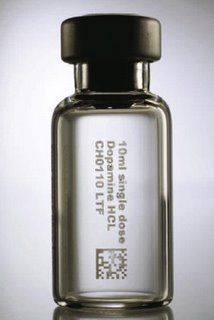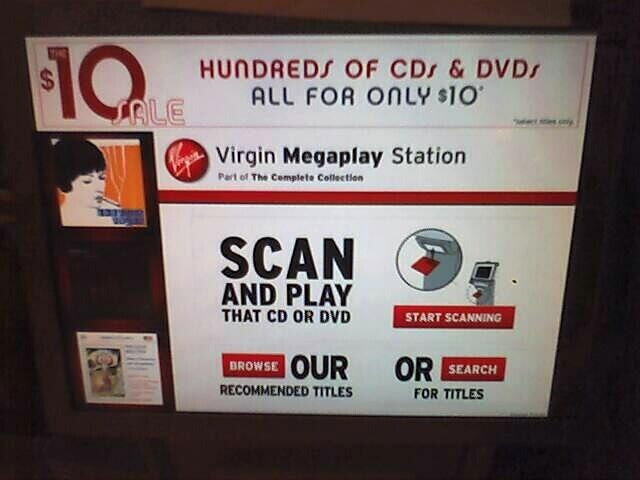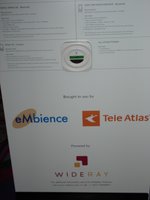Finally Microsoft sees the big "picture".
In my opinion Microsoft's
announcement of Photo2Search ,
will send ripples through the mobile world. It will also be the tipping point for mobile marketing, mobile search and physical world connection adoption.
The
camera on your mobile phone is your "mouse" and every physical object has, or will become, a physical world hyperlink,
Phase 2 of the Internet begins.

This is how
Microsoft can beat Google.
Microsoft introduces
Photo2Search Xie, a researcher for the Web Search and Mining group within Microsoft Research Asia, is working on technology called
Photo2Search, which is designed to provide information on the go for users of camera phones.
“As the old saying goes,” Xie says, “a picture is worth a thousand words.”
Gates already
made reference to this.
Maybe more, actually. Photo2Search gives users a way to
search a Web-based database by using nothing more than an image captured by a cellphone equipped with a digital camera.
“This technology,” Xie says, “aims to solve the problem of mapping a physical-world object to a digital-world object. You see an object in the physical world, and you want to know the corresponding information in the digital world—for example, its price on the Web, user comments, or Web sites.

There are many different solutions. You
can use a bar code or radio-frequency identification.
Microsoft is probably already developing an
RFID browser. But using a picture of the object is very convenient and very easy to deploy.”
Photo2Search works like this: Seeking information about something seen, a user takes a photo of the object and sends the photo, via e-mail or Multimedia Messaging Service, to a Web-based server, which searches an image database for matches.
The server then delivers database information—whether it be a Web page featuring the object in the photo or information associated with the object—to the user, who can act on the information received: read a menu, enter a gallery, book a hotel room, make a purchase.
Now that Microsoft has announced their intent to connect the physical world with a mobile phone,
look for this space to heat up quickly. Who companies are ripe for the picking? Any one of
these


























.jpg)

